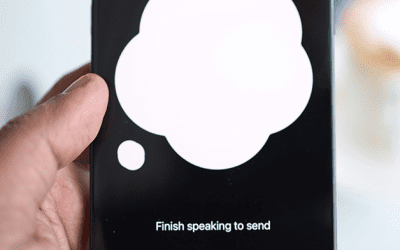Every business thinks they provide extraordinary customer service. When in fact, they often only offer “Extra Ordinary” customer service. Communication is a process that is never finished and should never be treated as such.
How you communicate to your clients and others, in general, say a lot about the type of person you are and the type of company you run. Do you see your clients as just money coming into your business? Or do you see an opportunity to help someone in need?
If a client lead reaches out to you and you go into full-on Sales mode from the first hello, they may get guarded on how they communicate with you. They may have spoken to five other people just like that before calling you, and you do not want to be the sixth.

How to communicate
- Plan on having a two-sided conversation before you even answer the phone or attend the meeting.
- Ask twice as many questions as you give answers. By asking questions, this shows you are interested in their business and their goals and not just trying to sell them your services.
- Communicate honestly by not overcommitting and underdelivering on your services.
- Discuss important project topics openly (budget, timeline, expectations, etc.)
- End the conversation by asking, is there anything else I can answer for you?
- Tell them what happens next (I’ll provide you a proposal Tuesday; when will you be ready to make a decision?; When were you looking to start the project?)
- Thank them for their time and considering your organization with their business.
What should happen next: Follow-up
Not every meeting is going to lead to business, but it is important to follow-up with that person. We practice the rule of three. If we have followed up with that person three times and they are not ready to move forward, we back off and may reach out to them later in the year.
“Do you see your clients as just money coming into your business? Or do you see an opportunity to help someone in need?”
What should not happen: Hounding the lead
There is a lot to be said for vetting a lead, but some practices are a little too “Used Car Salesman” for our taste. While you want to get an honest answer, “Go For The No” can be a bit abrupt and lead to you having to have a volume of meetings to get the yes. Daily emails and phone calls to push the lead to give you an answer comes off as needy and flips the leverage to your point only.







